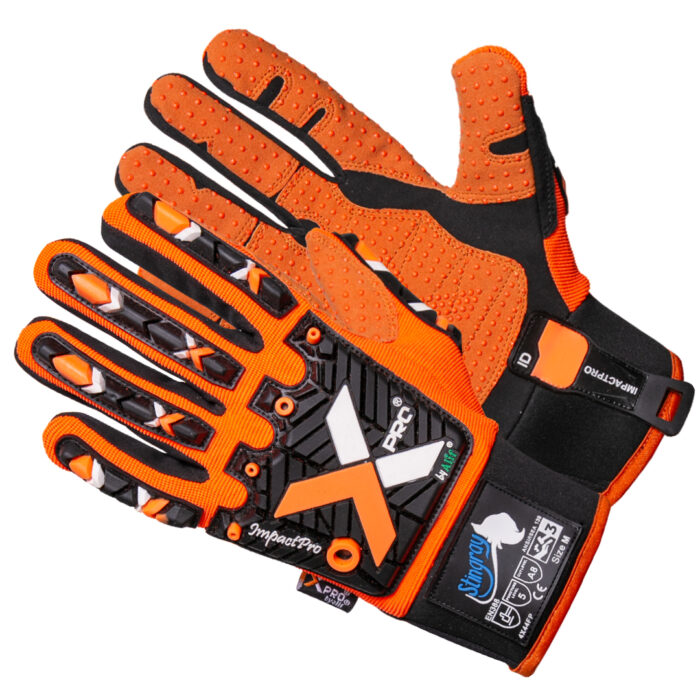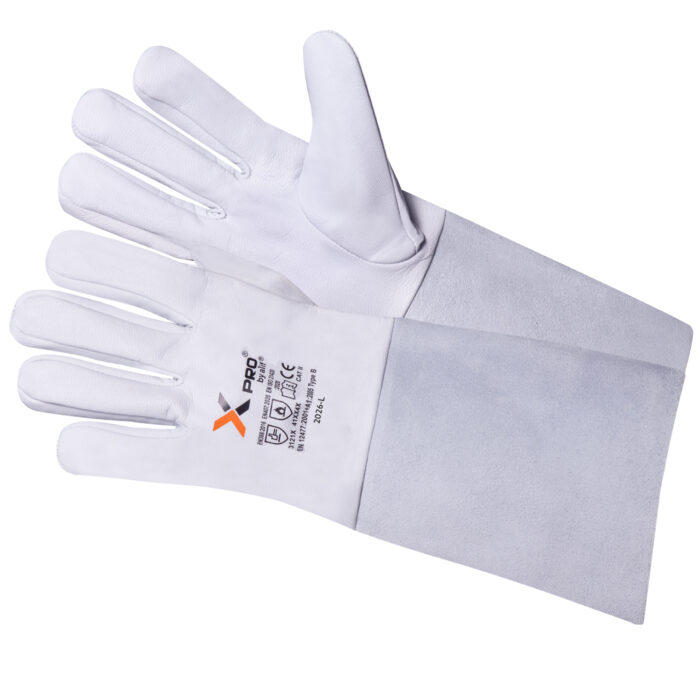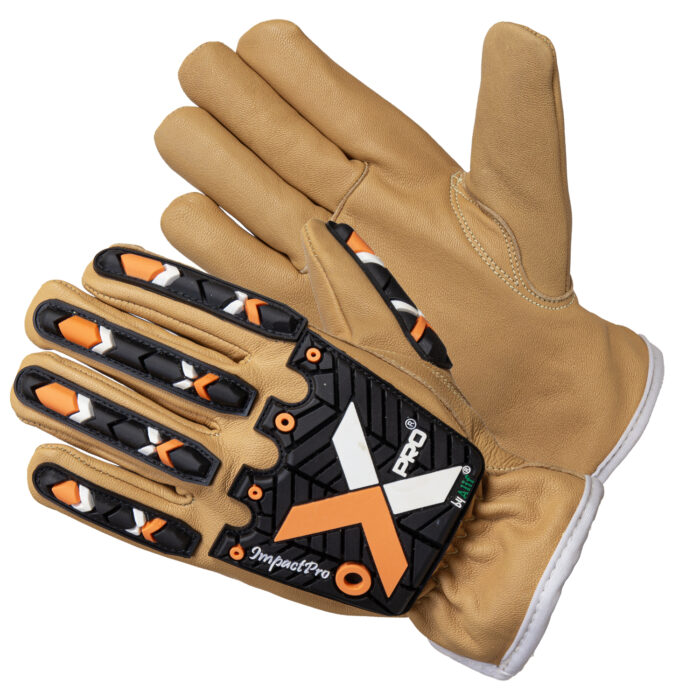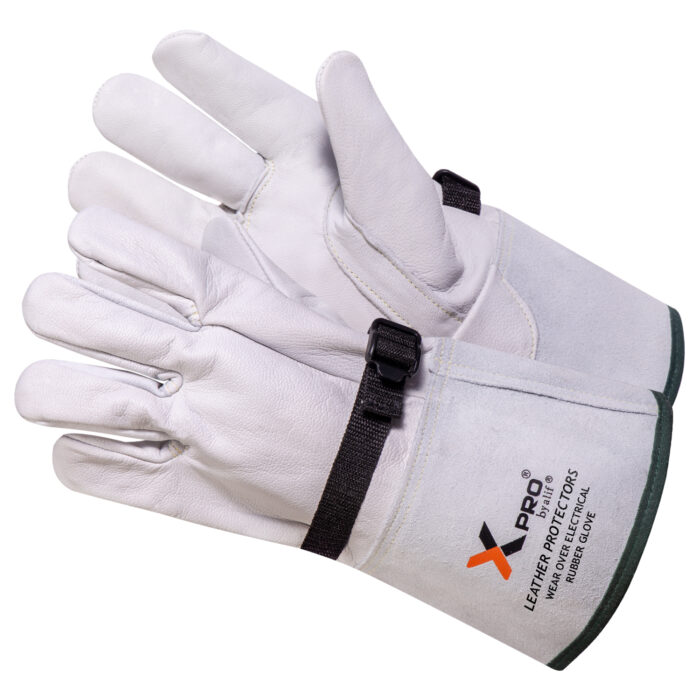Impact and Heat Resistant Welding Glove | 4020RWT
Brand: XPRO®
Xpro 4020RWT



Brand: XPRO®
Impact and Heat Resistant Welding Glove | 4020RWT
Xpro 4020RWT
Premium cow split leather gloves with fleece lining, Aramid stitching & TPR impact shielding for welding & industrial safety.
Price:
Performance ratings
EN388:2016 4243X
EN 388 2016 Results: 4243X
Abrasion: 4
Cut (Coupe Test): 2
Tear: 4
Puncture: 3
Cut (TDM-100 Test): X
EN 388 is a European Standard. Cut Level is determined by the number of cycles it takes a spinning circular blade, that is pulled across the material under a constant weight of 500 grams, to cut the fabric. As the number of cycles increase, so does the glove’s ratings.
EN407:2004 42314X
Protective Gloves Against Thermal Hazards: 42314X
Resistance to Flammability – 4
Contact Heat Resistance – 2
Convective Heat Resistance – 3
Radiant Heat Resistance – 1
Resistance to Small Splashes of Molten Metal – 4
Resistance to Large Splashes of Molten Metal – X
EN 407 is a general European standard designed to be used for any glove that is to be sold as providing protection against thermal hazards. All six tests are graded on a scale from 0 to 4, with 0 signifying that the glove failed the test, and 4 demonstrating it has achieved the maximum resistance in that specific area.
IMPACT 2
Impact Level: 2
ISEA 138 is a new, voluntary standard for the North American market designed to accurately classify different levels of impact protection offered by the impact-resistant gloves on the market.
EN21420:2020
The EN ISO 21420:2020 standard outlines the general requirements and test methods for protective gloves. It covers aspects such as design, construction, comfort, efficiency, and safety, ensuring gloves meet necessary performance criteria. This standard applies to all protective gloves, including those used in industrial environments, and replaces the previous EN 420:2003 standard.
European conformity
The CE mark (Conformité Européenne) indicates that a safety product meets the essential health, safety, and environmental protection requirements of the European Economic Area (EEA). It ensures that the product complies with relevant EU directives and can be sold freely within the EEA, providing assurance of its safety and quality.
Category II
Category II (Cat II) gloves are designed for intermediate risks, meaning they provide protection against mechanical, thermal, or chemical hazards but are not intended for extreme dangers. These gloves must be tested and type-approved by an EU-recognized institute and labeled with pictograms indicating their protective functions.
EN388:2016 4243X
EN 388 2016 Results: 4243X
Abrasion: 4
Cut (Coupe Test): 2
Tear: 4
Puncture: 3
Cut (TDM-100 Test): X
EN 388 is a European Standard. Cut Level is determined by the number of cycles it takes a spinning circular blade, that is pulled across the material under a constant weight of 500 grams, to cut the fabric. As the number of cycles increase, so does the glove’s ratings.
EN407:2004 42314X
Protective Gloves Against Thermal Hazards: 42314X
Resistance to Flammability – 4
Contact Heat Resistance – 2
Convective Heat Resistance – 3
Radiant Heat Resistance – 1
Resistance to Small Splashes of Molten Metal – 4
Resistance to Large Splashes of Molten Metal – X
EN 407 is a general European standard designed to be used for any glove that is to be sold as providing protection against thermal hazards. All six tests are graded on a scale from 0 to 4, with 0 signifying that the glove failed the test, and 4 demonstrating it has achieved the maximum resistance in that specific area.
IMPACT 2
Impact Level: 2
ISEA 138 is a new, voluntary standard for the North American market designed to accurately classify different levels of impact protection offered by the impact-resistant gloves on the market.
EN21420:2020
The EN ISO 21420:2020 standard outlines the general requirements and test methods for protective gloves. It covers aspects such as design, construction, comfort, efficiency, and safety, ensuring gloves meet necessary performance criteria. This standard applies to all protective gloves, including those used in industrial environments, and replaces the previous EN 420:2003 standard.
European conformity
The CE mark (Conformité Européenne) indicates that a safety product meets the essential health, safety, and environmental protection requirements of the European Economic Area (EEA). It ensures that the product complies with relevant EU directives and can be sold freely within the EEA, providing assurance of its safety and quality.
Category II
Category II (Cat II) gloves are designed for intermediate risks, meaning they provide protection against mechanical, thermal, or chemical hazards but are not intended for extreme dangers. These gloves must be tested and type-approved by an EU-recognized institute and labeled with pictograms indicating their protective functions.
- High strength Cow Split Leather provides
- Outstanding abrasion resistance
- Glove is full fleece lining on inside palm, cuff lined with drill
- Sewn with Aramid threads
- Wing thumb for better durability and comfort.
- Fire Resistant TPR back of hand for Impact Protection
- Available in 14″ & 16″ length
- Oil & Gas
- Drilling Extraction & Refining Fracking
- Mining
- Heavy Construction
- Rigging
- Manufacturing
- Construction


